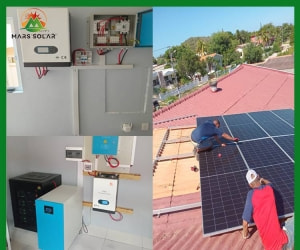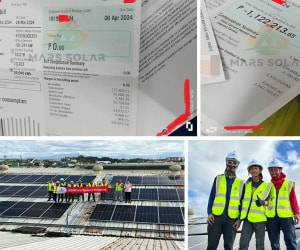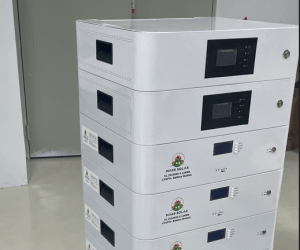South Africa's plug and play solar kits will account 50% total electricity
At present, the South African solar industry is in an accelerated development stage, and relevant people expect that plug and play solar kits will soon meet half of the electricity needs of South African countries. South Africa's solar industry is also providing plenty of opportunities for global solar companies.
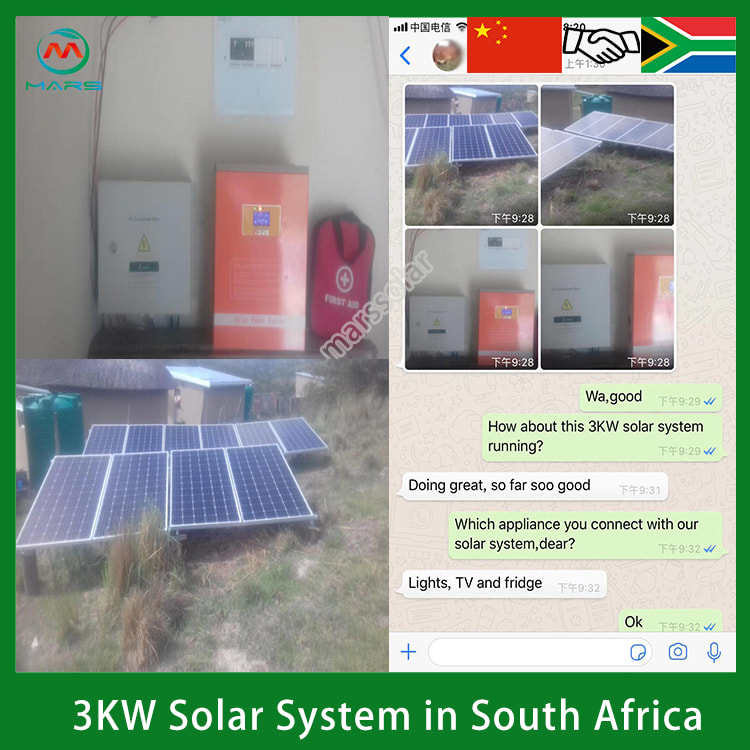
It is understood that about 70% of the population in sub-Saharan Africa (about 600 million people) still live in an electricity-free environment. Simon Gosling, general manager of EnergyNet in the UK, believes that American companies are constantly missing out on opportunities to enter the South African power market. Simon Gosling said: "I think US investors are not interested in the South African electricity market."
In June 2013, US President Barack Obama announced the $7 billion “Power Africa” program in the South African city of Cape Town, which aims to boost the plug and play solar kits generation capacity of the world’s poorest continent, Africa, to meet 60 million African families and the electricity needs of enterprises. Today, the program has achieved a 25% target, with installed capacity of 10,000 megawatts plug and play solar kits , providing daily electricity to 20 million homes and businesses. But this five-year plan has not yet fully realized its promised power supply goals.
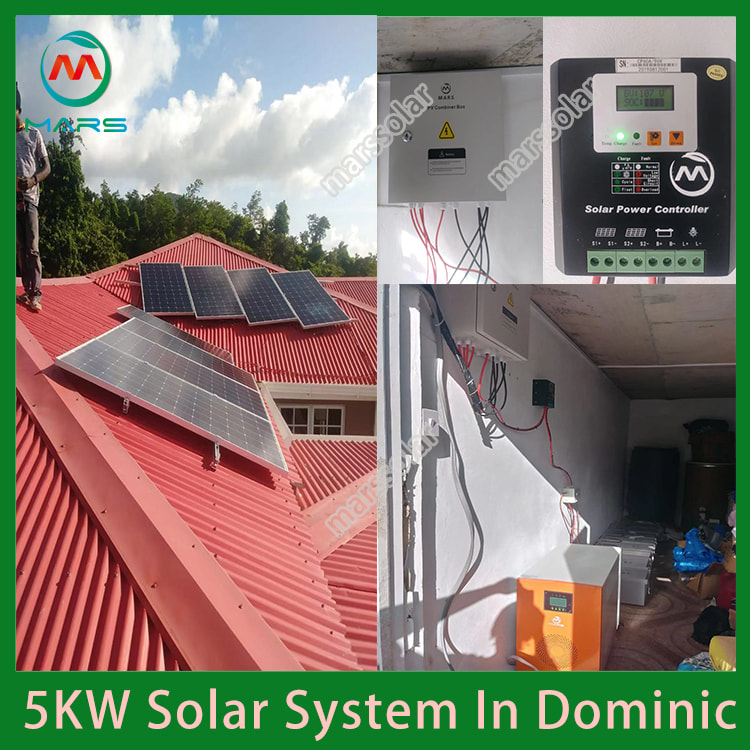
While large-scale solar panel rail mounting kit projects in many large cities in Africa work well, solar panel rail mounting kit generation can provide a more unique option for local people in many remote rural areas of Africa. At present, many low-cost solar panel rail mounting kit generation facilities can directly supply power to some small communities without being integrated into the power grid, which is helpful for reducing kerosene lamps and diesel power generation that are backward and have potential safety hazards.
-
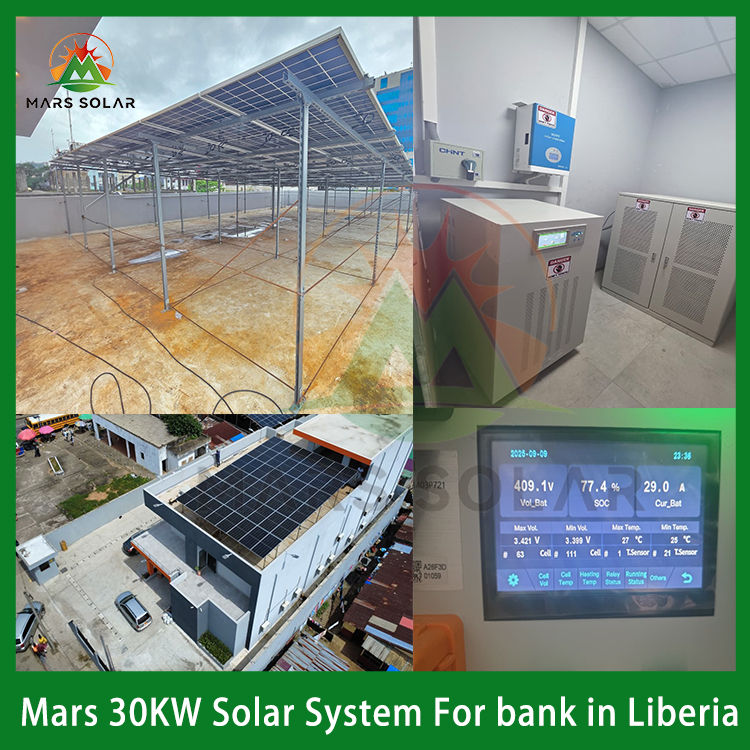 Customized Off-Grid Solar System for a Liberian Bank: Achieving Power IndependenWhen Banks Face the Challenge of "Grid Power Outages and Voltage Fluctuations": A Real-World Solution from Liberia In scenarios where the power grid is unstable and manual intervention is difficult, how to ensure the 24/7 stable operation
Customized Off-Grid Solar System for a Liberian Bank: Achieving Power IndependenWhen Banks Face the Challenge of "Grid Power Outages and Voltage Fluctuations": A Real-World Solution from Liberia In scenarios where the power grid is unstable and manual intervention is difficult, how to ensure the 24/7 stable operationDo you like ?0
Read more -
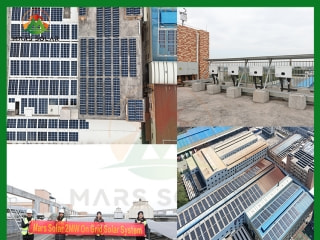 2MW Solar Panel System For Factory2MW mars solar grid-tied solar panel system for factory have designed, produced, and installed in a factory.How does Mars Solar build such a solar panel system for factory? 1. Data collection Before designing the plan, the factory owner vi
2MW Solar Panel System For Factory2MW mars solar grid-tied solar panel system for factory have designed, produced, and installed in a factory.How does Mars Solar build such a solar panel system for factory? 1. Data collection Before designing the plan, the factory owner viDo you like ?0
Read more -
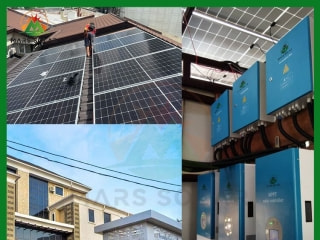 100KW Solar For Hotels And Resorts In NigeriaIn December 2024, the Mars Solar 100KW Nigeria solar for hotels and resorts project was successfully completed. In May 2024, the customer contacted Mars solar and had a series of communications on the solar for hotels and resorts project. The d
100KW Solar For Hotels And Resorts In NigeriaIn December 2024, the Mars Solar 100KW Nigeria solar for hotels and resorts project was successfully completed. In May 2024, the customer contacted Mars solar and had a series of communications on the solar for hotels and resorts project. The dDo you like ?0
Read more -
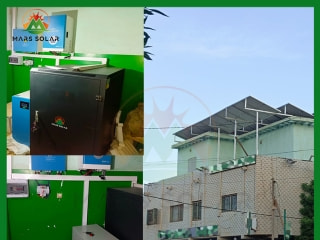 Reliable Energy Solutions for a Mali Pharmacy: 15KW Solar System Success StoryIn the heart of Mali, reliable electricity is a significant challenge, with power coming on for just 2 hours and then cutting off for 4 hours multiple times a day. This erratic power supply is particularly problematic for businesses that depend on consist
Reliable Energy Solutions for a Mali Pharmacy: 15KW Solar System Success StoryIn the heart of Mali, reliable electricity is a significant challenge, with power coming on for just 2 hours and then cutting off for 4 hours multiple times a day. This erratic power supply is particularly problematic for businesses that depend on consistDo you like ?0
Read more -
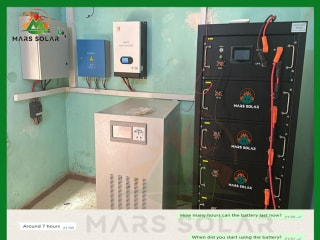 Harnessing the Sun: A Sustainable Solution for Abou's Family in MaliIn the heart of Mali, families like Abou's face daily challenges with electricity access, enduring power outages that can last up to 12 hours. To combat this, Abou relies heavily on a diesel generator to power his home, which includes essential applia
Harnessing the Sun: A Sustainable Solution for Abou's Family in MaliIn the heart of Mali, families like Abou's face daily challenges with electricity access, enduring power outages that can last up to 12 hours. To combat this, Abou relies heavily on a diesel generator to power his home, which includes essential appliaDo you like ?0
Read more -
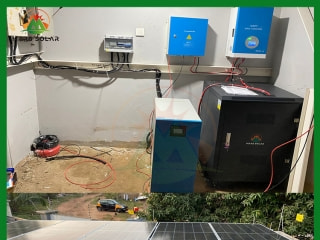 30KW Solar Electric Power System In GhanaBob is from Ghana,he wants to achieve 24-hour electricity and does not want the entire house to be without power when there is no mains electricity, which would cause inconvenience to his life.So he search on the internet and try to find out a solar elect
30KW Solar Electric Power System In GhanaBob is from Ghana,he wants to achieve 24-hour electricity and does not want the entire house to be without power when there is no mains electricity, which would cause inconvenience to his life.So he search on the internet and try to find out a solar electDo you like ?0
Read more

